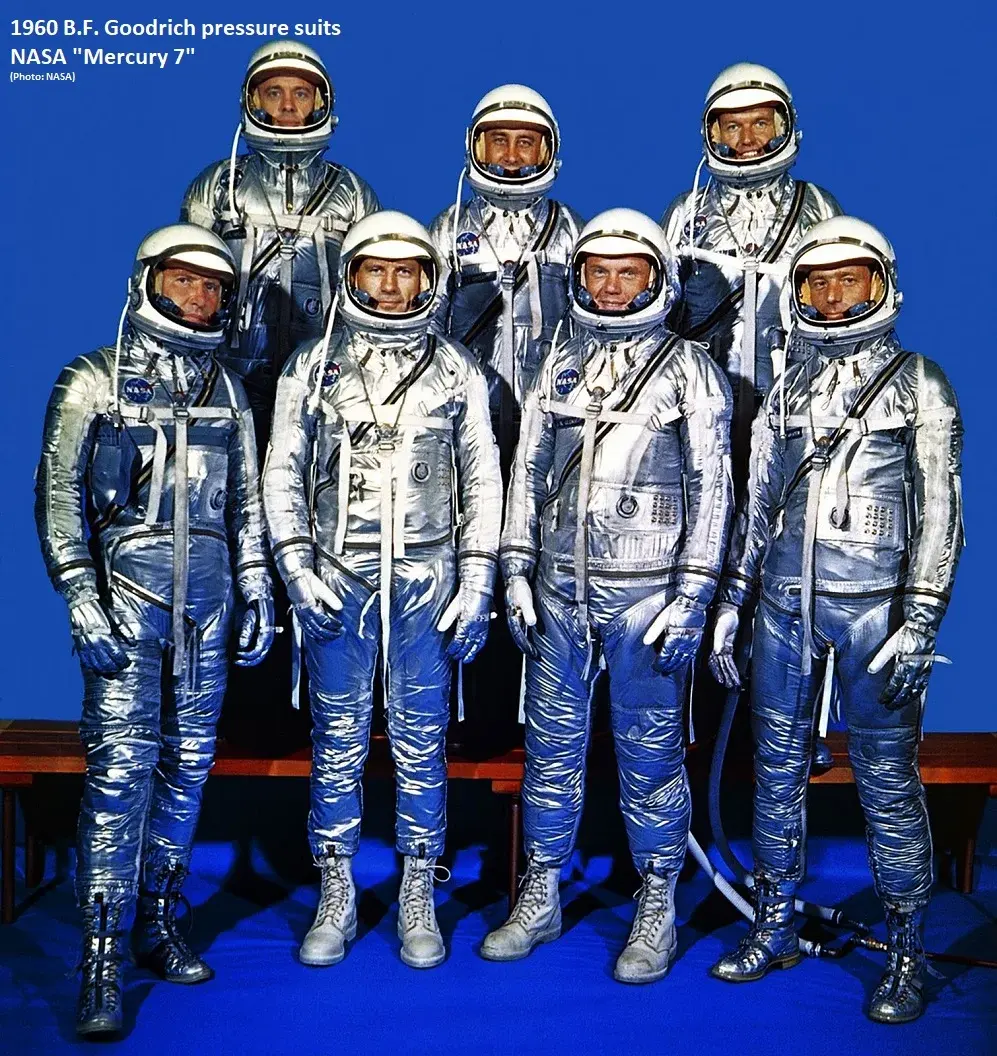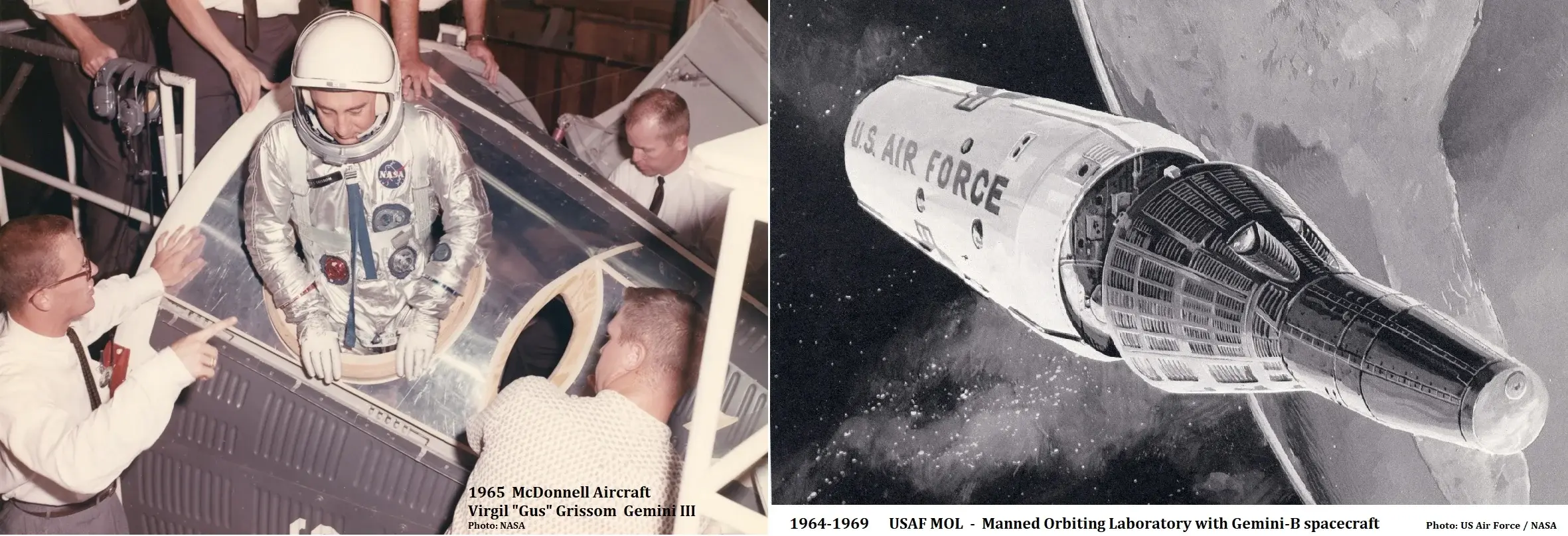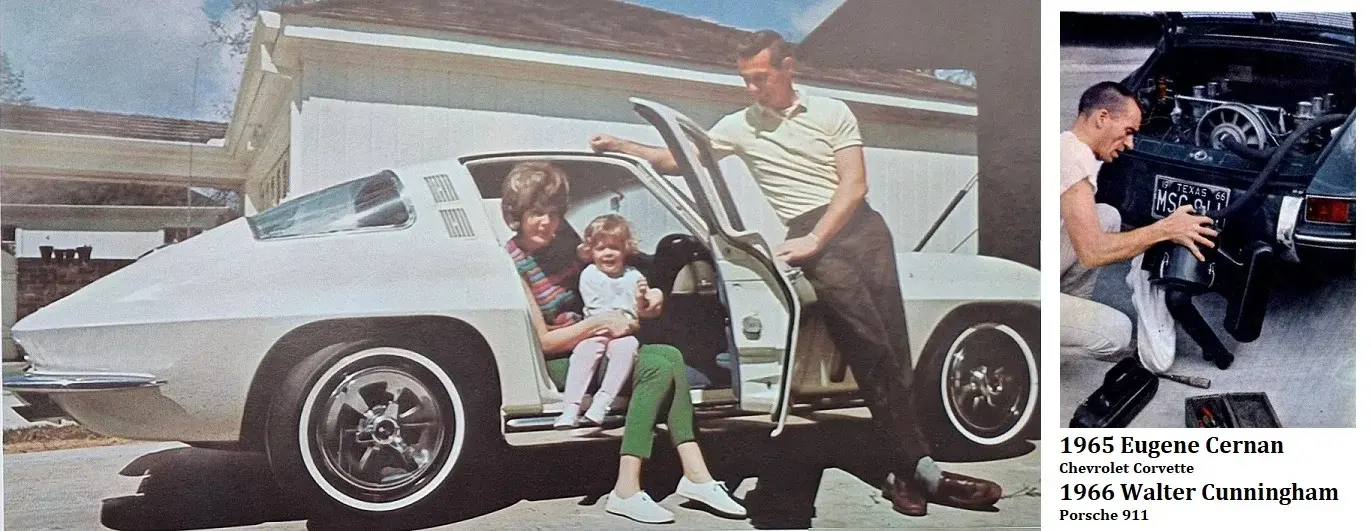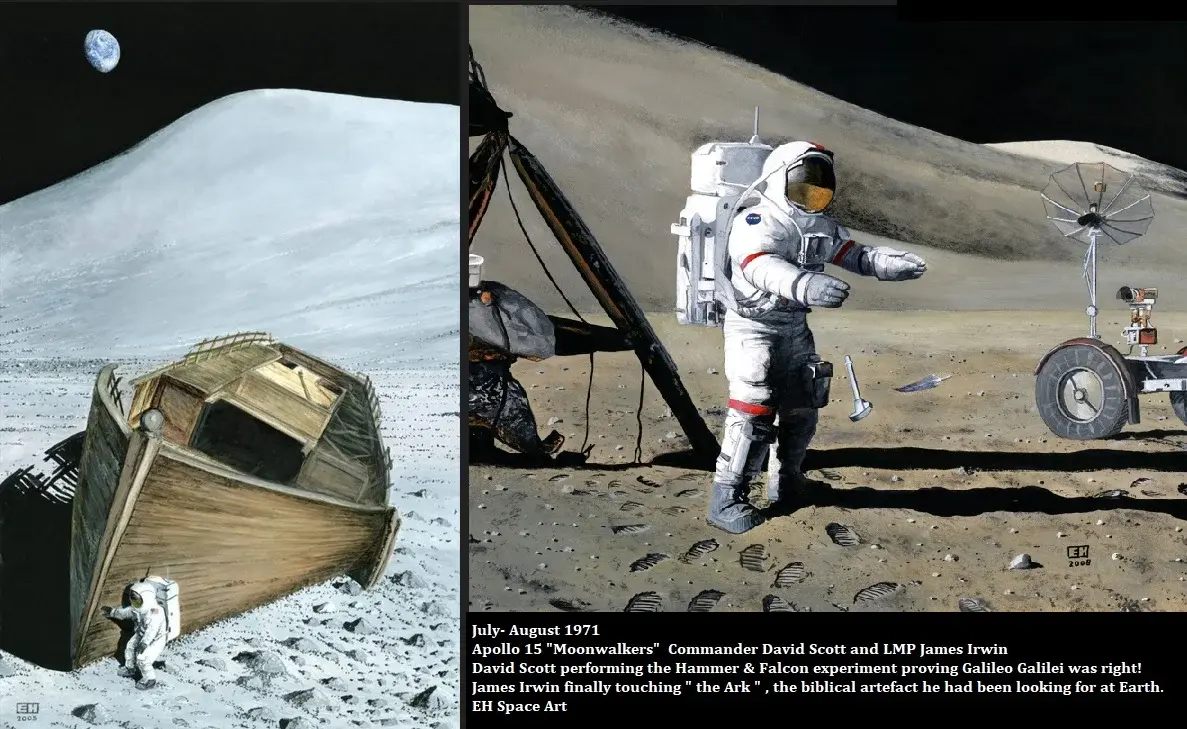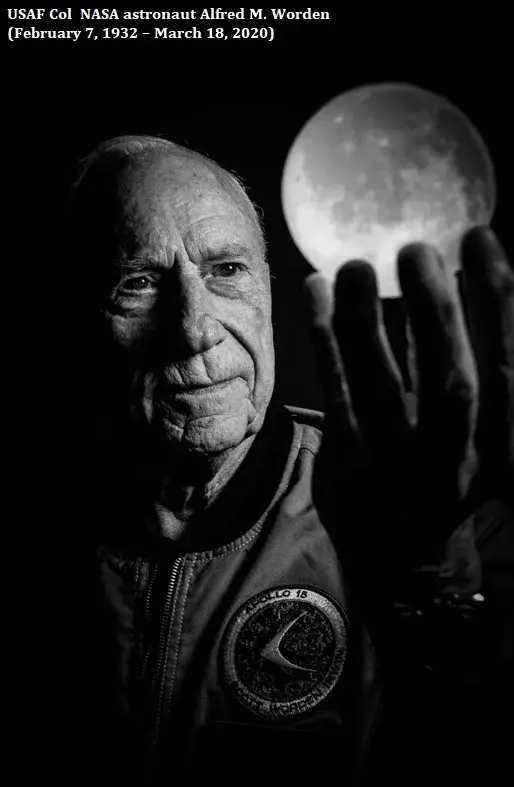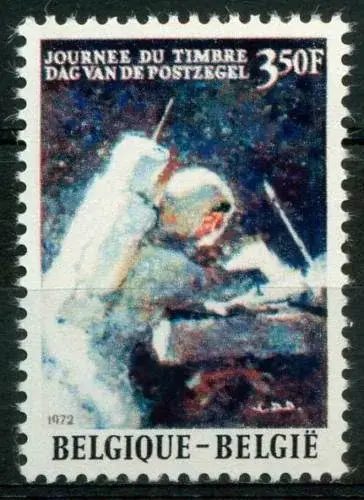SpeedyPhill
·When in 1957, 3 weeks after the launch of Sputnik, NACA engineer Maxim Faget gave his briefing on manned orbital spaceflight, engineers had estimated the G-force during re-entry to be 9 Gs. However, Faget took some emergencies into account and he knew the results of German Luftwaffe pilots, who during centrifuge tests at the end of World War II, had coped with forces up to 17 Gs staying conscies during two minutes.
Max Faget also came up with the idea of custom-moulded contour couches for future astronauts. These were built by Jack Heberlig, who even made one for a pig to be used during splash-down tests.
By July 30, 1958 Max Faget had pushed Lt Carter Collins to undergo 12 Gs to 20 Gs in the centrifuge at Johnsville in Warminster Pennsylvania.
It was just the beginning of Medical & Psychiatric staff performing gruelling tests on the first two groups of Astronaut Candidates ...
Max Faget also came up with the idea of custom-moulded contour couches for future astronauts. These were built by Jack Heberlig, who even made one for a pig to be used during splash-down tests.
By July 30, 1958 Max Faget had pushed Lt Carter Collins to undergo 12 Gs to 20 Gs in the centrifuge at Johnsville in Warminster Pennsylvania.
It was just the beginning of Medical & Psychiatric staff performing gruelling tests on the first two groups of Astronaut Candidates ...
